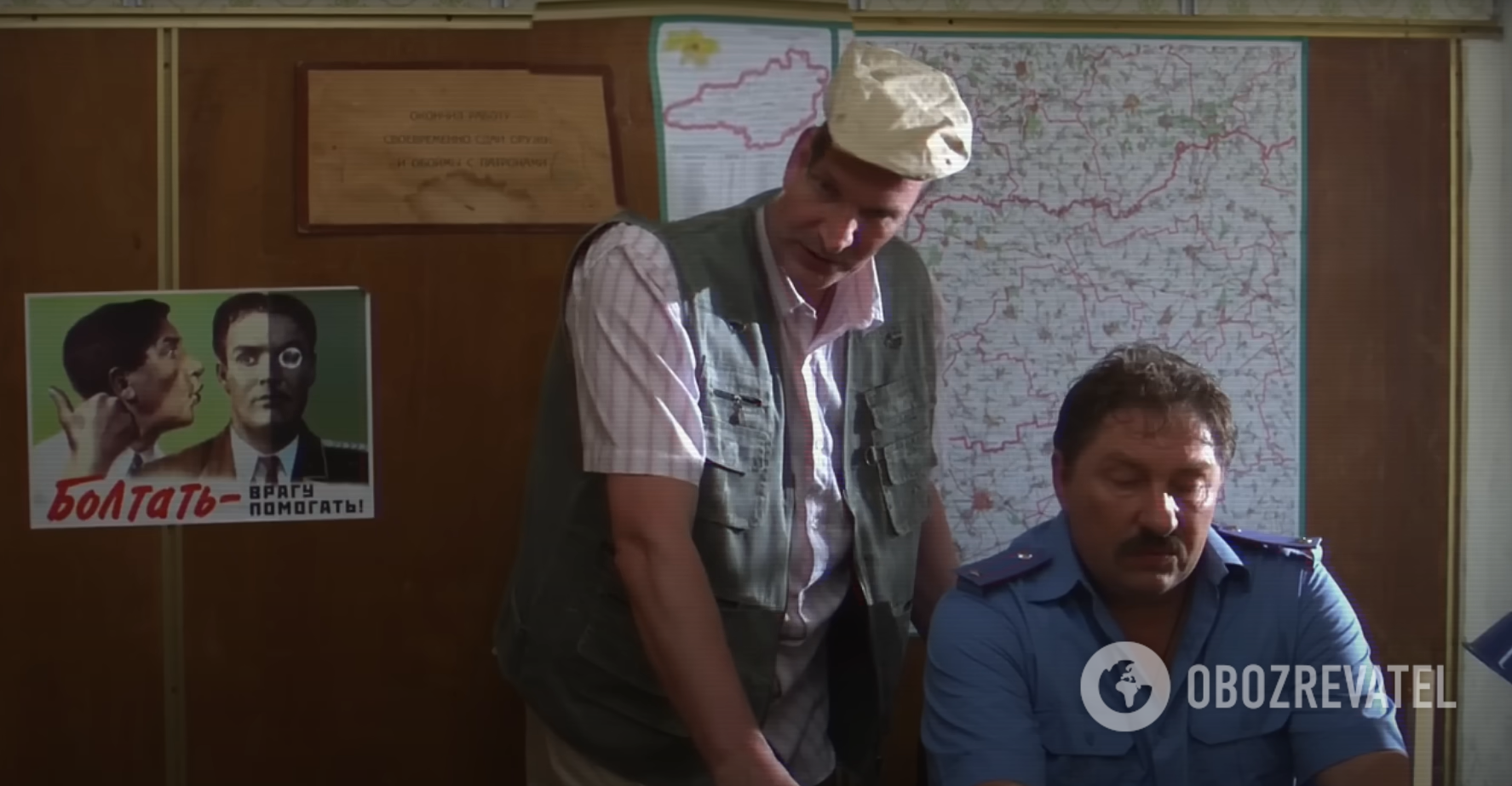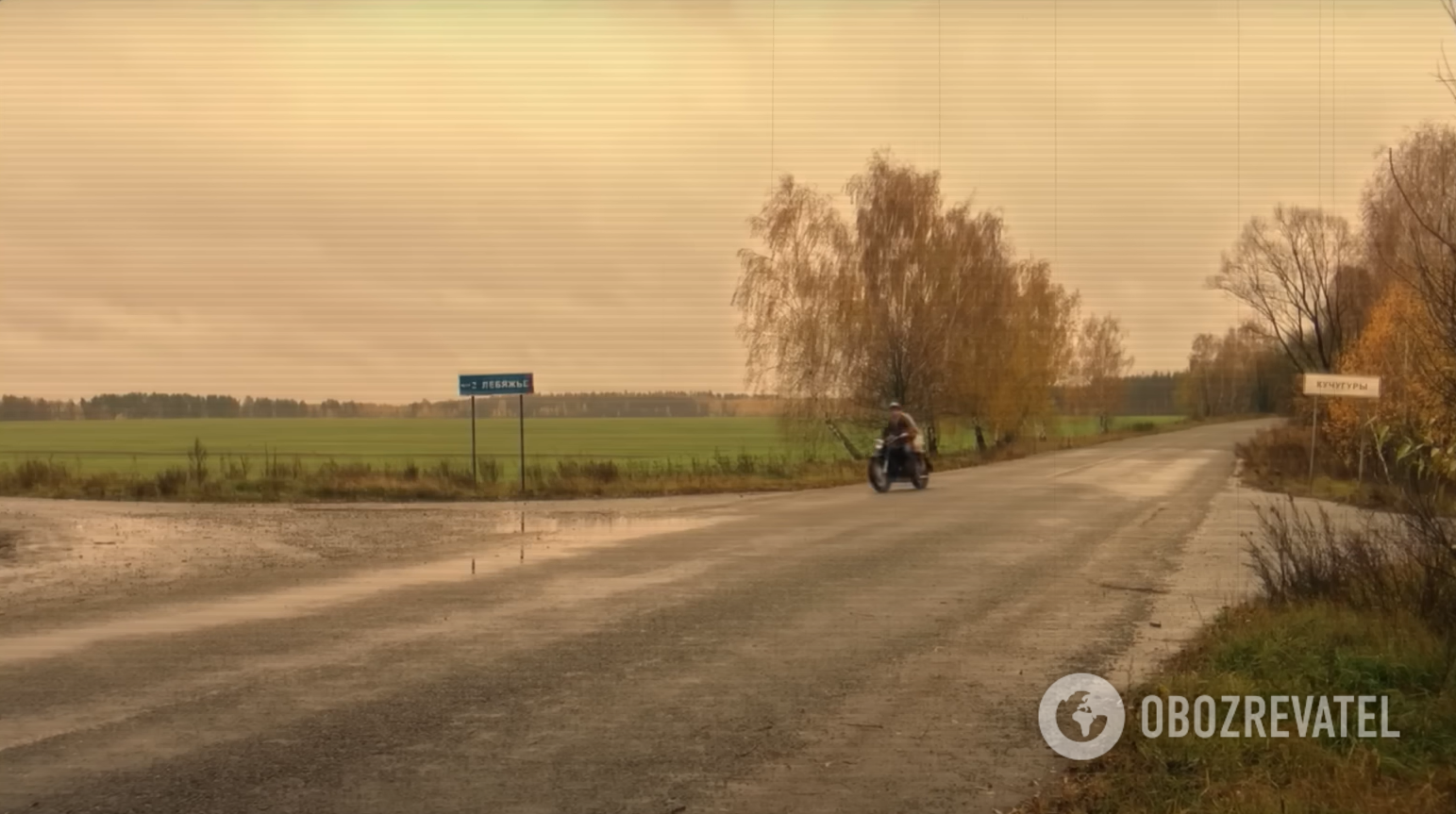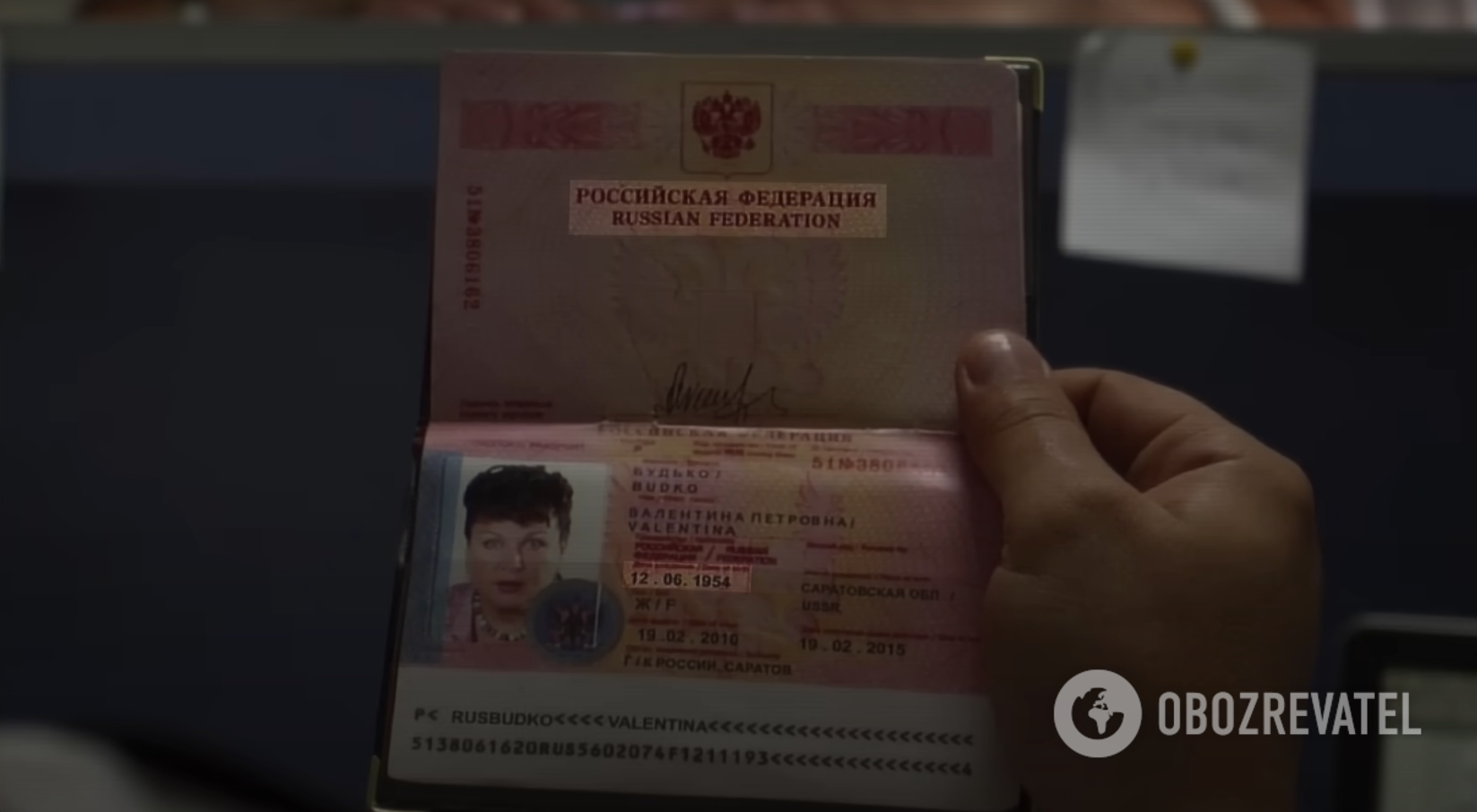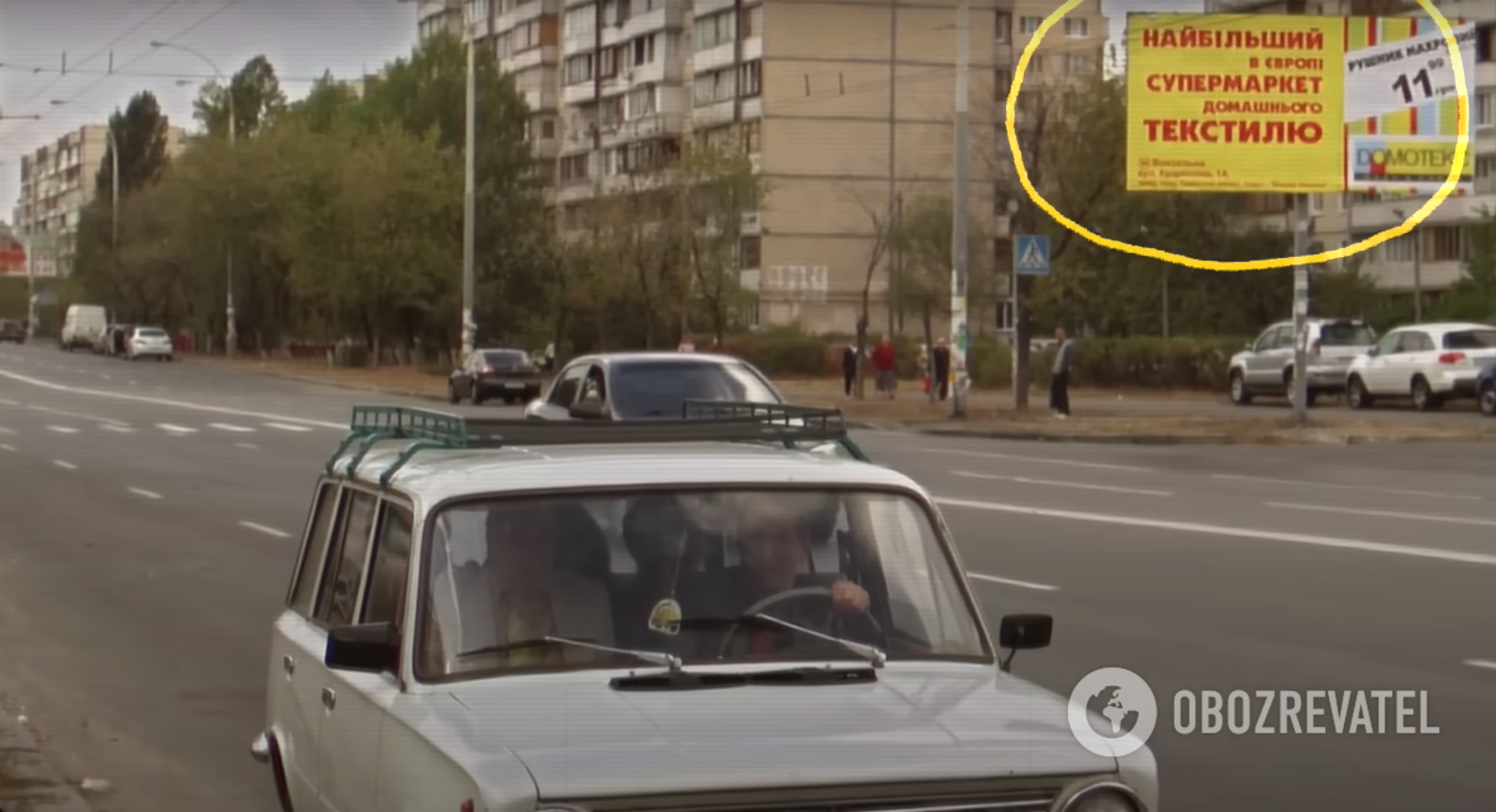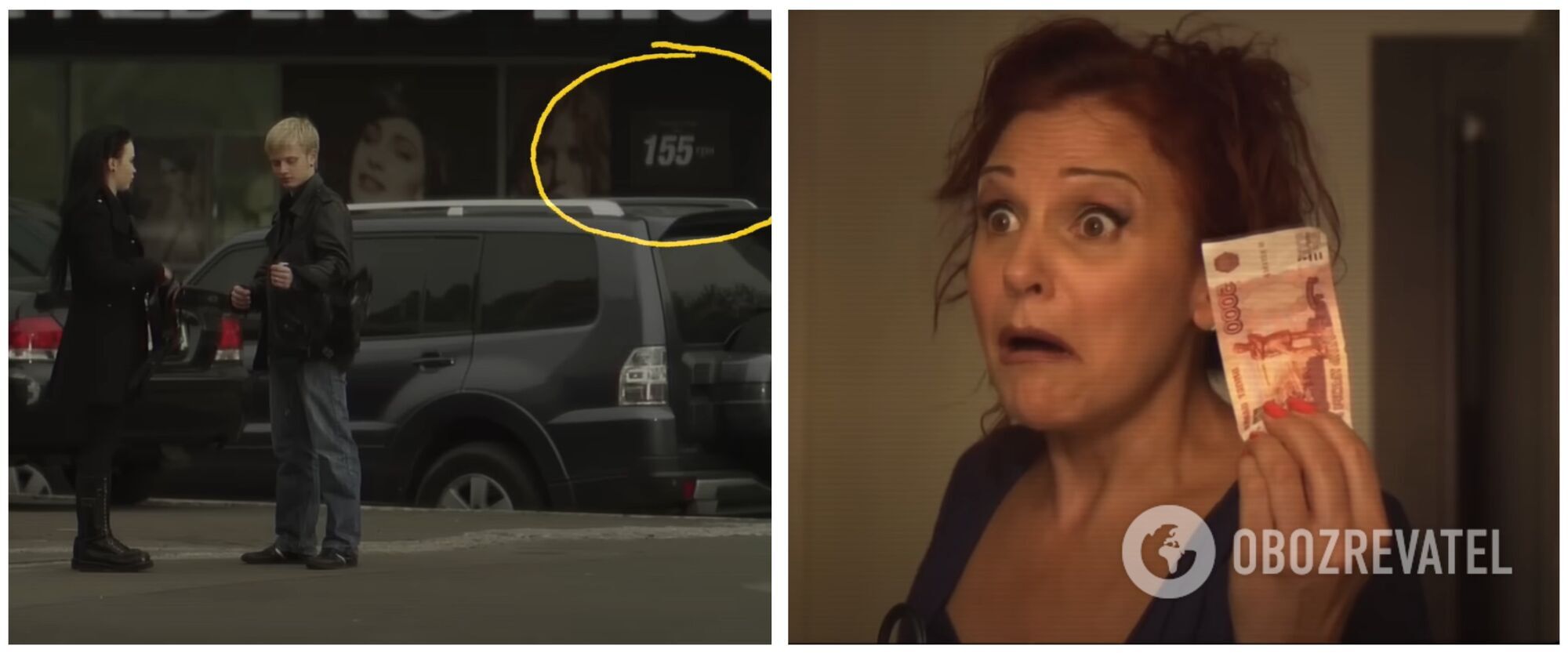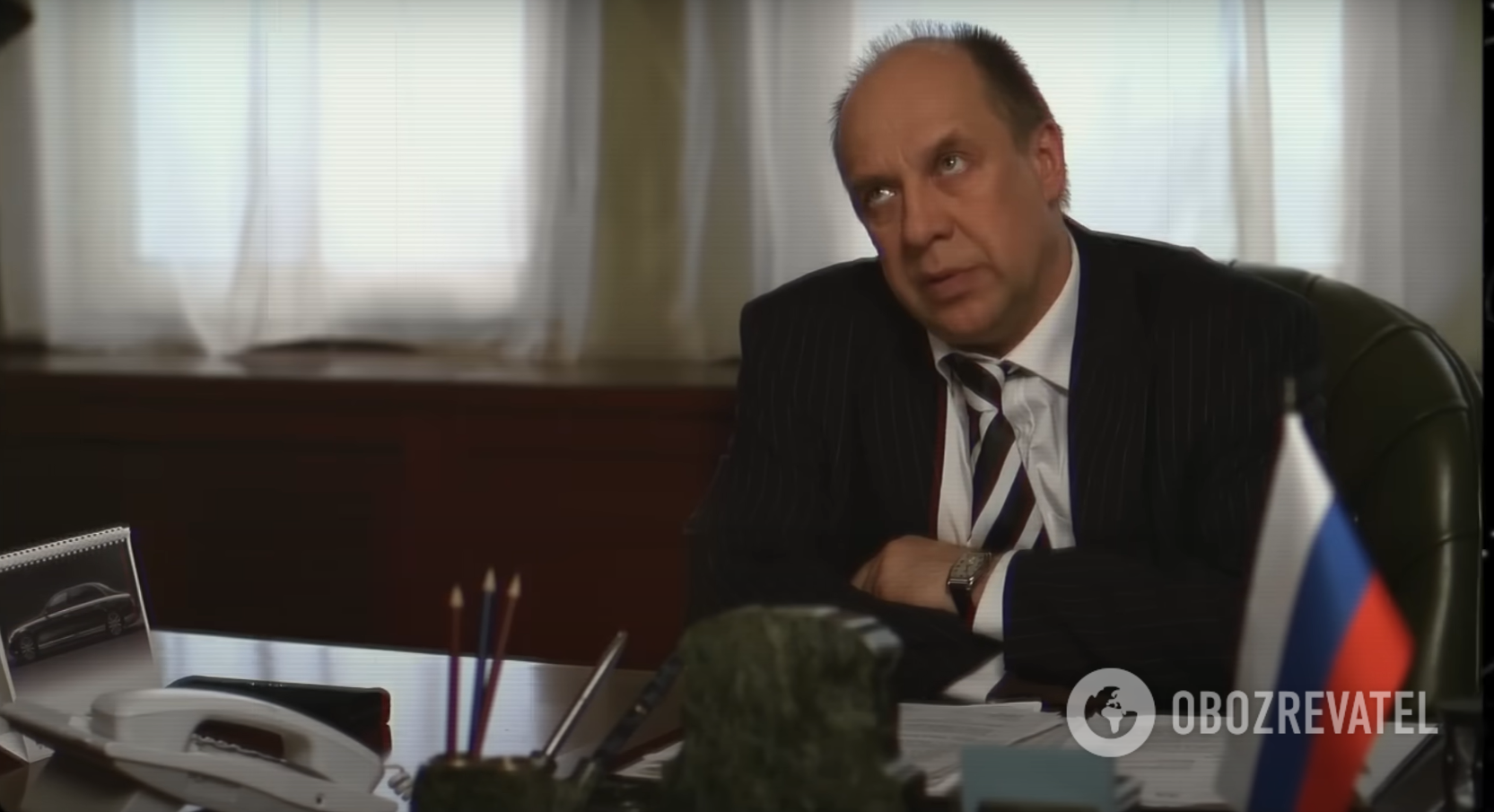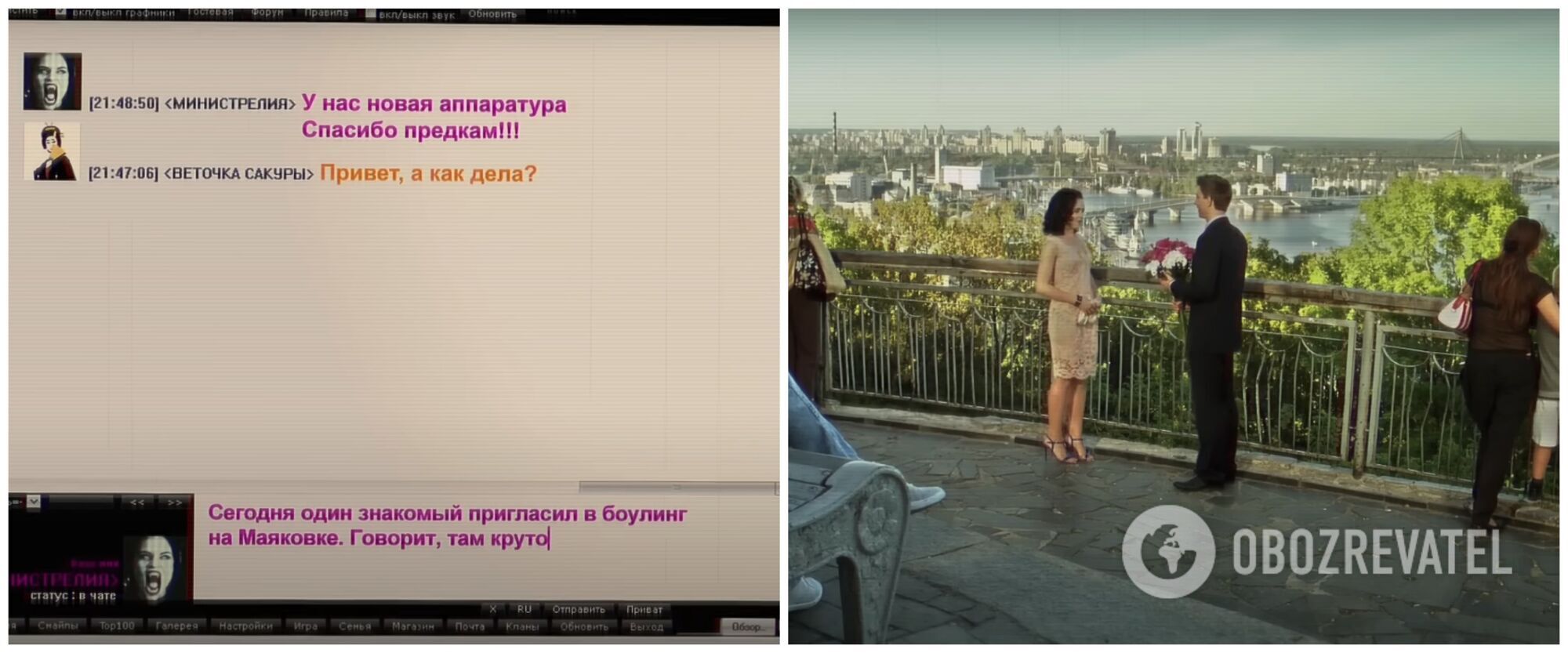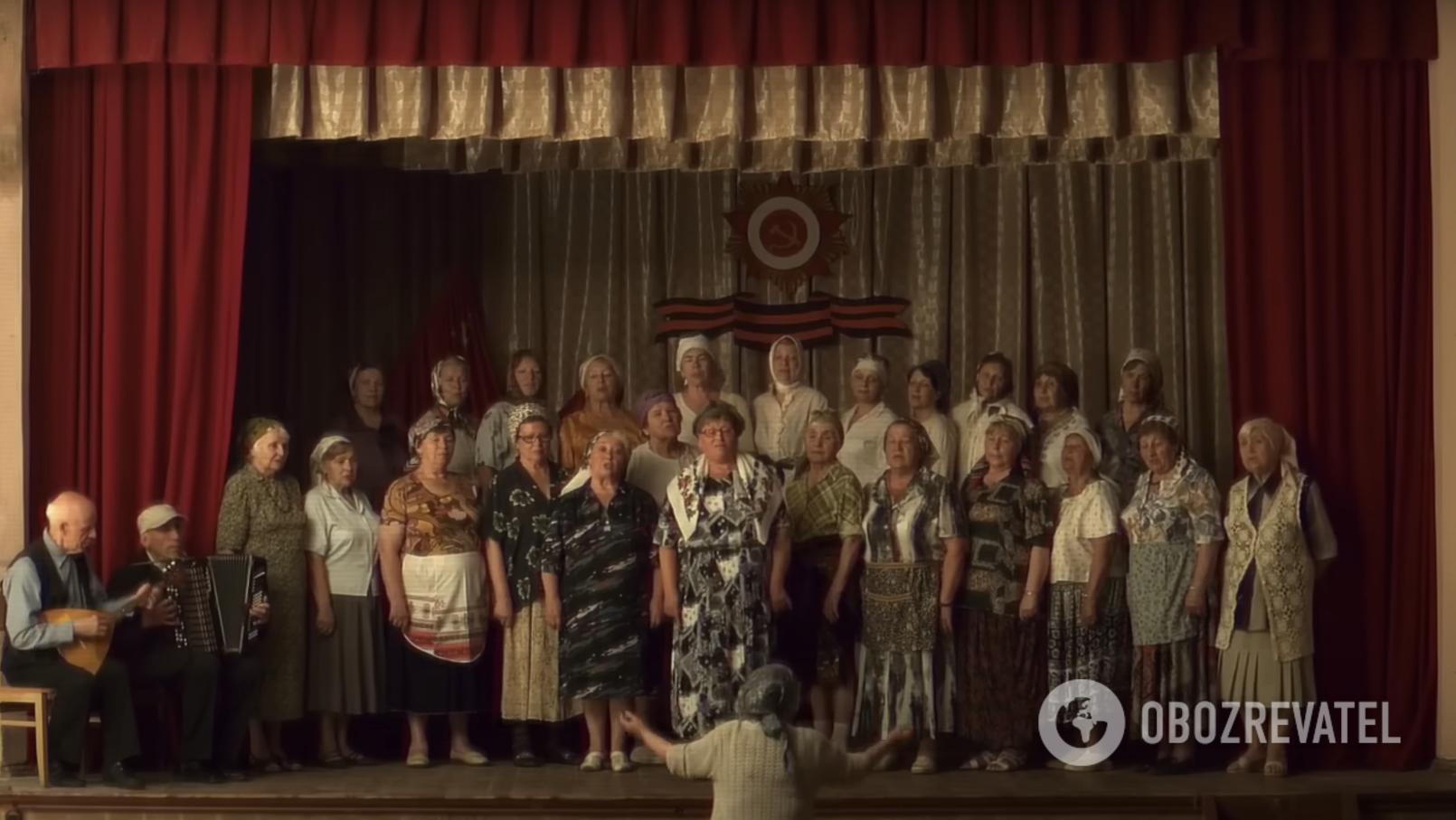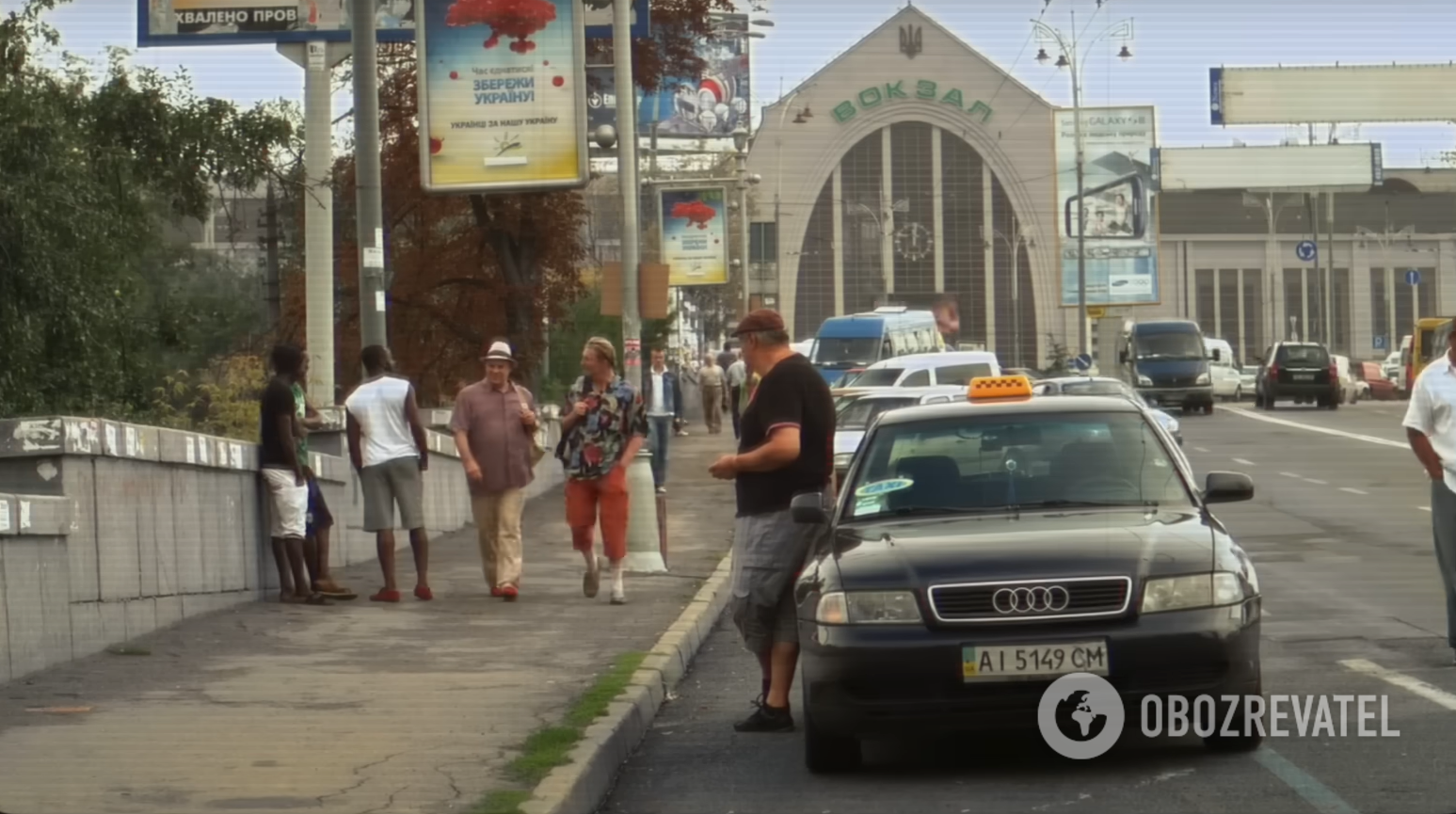News
"Ukraine is Russia, and the USSR needs to be revived." How propaganda worked in the TV series "Svaty," watched by millions of Ukrainians
For many Ukrainians, the comedy series "Svaty" is closely associated with warm evenings with family and fun. It has gained a special place in the hearts of millions of people who were ready to watch funny stories from the lives of two pairs of matchmakers – one from the countryside and the other from the big city. However, few people paid attention to the outright gaffes and, especially, the propaganda that littered all 7 seasons of the series.
The movie positions itself as a Ukrainian product, but a lot of "gaffes" and references to Russia make it clear that Ukraine was not only a location for filming but also a method of manipulation. YouTube vlogger Vadym Balaniuk took the series apart to find Russian narratives and moments of harassment of Ukrainians.
"Ukrainians are uneducated peasants, and Russians are intellectuals"
It is this inferiority complex that Russians have been implanting in the minds of Ukrainians for centuries that permeates all 7 seasons of "Svaty." To hint at the origins of the two families that became the two main poles in the movie, the creators did it through their surnames.
"To better understand the context, we should analyze these two families separately. I think you won't be surprised that the family from a small village has the Ukrainian surname Budko. They are portrayed as ill-mannered, rude, loud people who are constantly "hacking" and "shocking." They live in the village of Kuchuhury. Although the authors of the series deliberately do not say in which country the events are taking place, in Ukraine or Russia, some details give away the place of residence of the Budkos. When we are shown the police station in Kuchuhury, we can see a map behind it. And if you look closely, you can see that it is a map of Ukraine. Specifically, the Kirovohrad region," the blogger said.
He also noted that in one of the episodes, a road sign leading to the village of Lebiazhe was shown. According to Vadym Balaniuk, the village of this name is in the Kharkiv region. This is also evidenced by the story of Valiukha and Ivan's meeting: "Hello! Who went to Kharkiv to visit Aunt Vira's garden?"
In particular, "at times they sing Ukrainian folk songs, wear Ukrainian embroidered shirts, and the residents of Kuchuhury speak in a specific dialect, using Ukrainian words and phrases."
"At the same time, a family from a big city bears the historically Russian surname Kovalevs. They are portrayed as an intelligent couple who work at a university. In most cases, they speak calmly, carefully, and, of course, in literary Russian. It is not surprising that this intelligentsia often ridicules the Budkos for their rural background," the blogger noted.
He also noted that due to the plot and filming locations, it is unclear where both families lived. However, certain points indicate that most of the events take place in Russia.
"In general, it seems clear that the Budkos are Ukrainians, but for some reason, they drive with Russian license plates. For some reason, Valia has a Russian passport, and she was born on June 12, Russia Day. I don't think it's just a coincidence. Besides, Ivan himself calls this territory Russia for some unknown reason: "Where am I? In Russia! In Russia! My God, in Russia!" Balaniuk said.
From Ukraine to Russia, only a few tricolors and rubles
"What country the Kovalevs live in is also a mystery. According to the script, it looks like they live in the suburbs of the capital. It is not clear which capital. Either Kyiv, because there are a lot of inscriptions in Ukrainian on the windows and posters (and Kyiv is easy to recognize by its landscapes), or Moscow, because there are Russian flags everywhere, even on the rector's desk. Behind the characters, you can often see prices in hryvnias, but for some reason, they count everything in rubles," the blogger noted.
The series tried to present Ukraine with Ukrainian-language signs and culture as Russia. Moreover, in one of the episodes, the majestic Mariinskyi Park overlooking the Dnipro River was named after a Moscow metro station.
"Here we see Poshtova Square in Kyiv, where ships with Russian flags sail. And here we see Zhenia (based on the story of his grandson – Ed.) arranging a meeting at the "Mayakovka." This is a metro station in Moscow. But they meet in Mariinskyi Park in Kyiv. Here they are riding catamarans in Nyvky Park, and here Ivan is coming to the National University of Life and Environmental Sciences of Ukraine. You can even see the street. "How beautiful Moscow is." At least that's the impression one might get. This is exactly the example where Ukrainians have completely created a Russian cultural product. This is not something that shows fraternal peoples, it simply unites the entire cultural space. And it is very easy to think that Ukraine is a part of Russia," the blogger emphasized.
"Reform" of police uniforms
"It's a paradox. You can even see it in the chevrons of the police officers. At first, there were no chevrons at all, then some neutral ones were added, then there were Ukrainian ones, and then all the chevrons suddenly became Russian," Balaniuk observed.
Not Ukraine and Russia, but the Soviet Union
This is a dialog between a Ukrainian and Ivan Budko:
– Hosha! Melikene, Ukraine.
- Vania! Kuchuhury, the Soviet Union.
In other words, Ivan Budko himself says that he is allegedly from the Soviet Union, and by doing so, after the collapse of the USSR, he declares that nothing happened and that Russians and Ukrainians are "one people."
"Brothers-in-law" is a collective image of homosovietics, when there is no separation. Neither territorial nor mental. We see before us a special kind of person – Soviet man – or in common parlance, "vata." Perhaps that is why in many episodes Soviet communist symbols and posters appear randomly elsewhere. This series not only blurred the boundaries, it seemed to prepare the ground for their complete absence," the blogger commented.
The cult of war among children
"There was even a whole series where patriotic youth were brought up. The twins (grandchildren – Ed.) decided to watch Quentin Tarantino's "Inglourious Basterds," but Ivan was not happy about it, of course: "What did you watch?" – "Inglourious Basterds" with Brad Pitt. Now you go and wash your computer with bleach and download the movie "They Were Fighting for the Homeland," the blogger said about one of the episodes: "And yes, not only the Soviet Union won the Second World War, but also Europeans and Americans. And, of course, no one remembers that Stalin was an ally of Hitler from the beginning."
The events of the same series took place in the World War II Museum, which was located in the The Motherland Monument. It was there that the children put on military uniforms and took up arms.
Only verified information is available on the OBOZ.UA Telegram channel and Viber. Do not fall for fakes!







